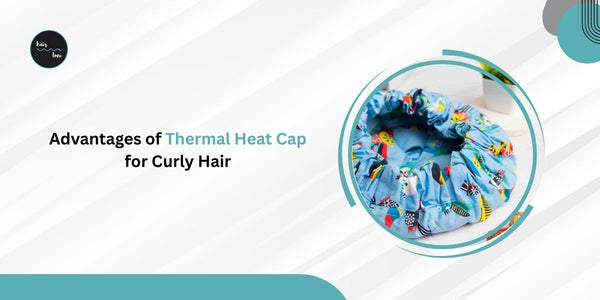Over-rinsing may be causing frizz; instead, try this.

The squish and condish technique emphasize the significance of water and well-hydrated hair at every phase, particularly conditioning, which was formerly assumed to accomplish all of the jobs on its own. There’s nothing wrong with the popular squish to condish approach, However, if your hair does not feel as silky after a shower as it did at the hair salon, you may want to try something new. Hair is a chance over-rinsing may be causing frizz; instead, try this.
How to Condish Squish
The original method is applying so much conditioner to your hair in the shower that it feels incredibly slippery, then squishing and scrunching water and conditioner into the hair for added hydration.
How to Make the basics Work for You
The squish to condish technique is all about increasing your hair’s moisture to eliminate frizz, increase curl creation, and have healthier hair. Particularly for those with Type 2 waves or Type 3 curls, prone to frizz. So, if you’ve tried the squish to condish approach before but didn’t get great results, try it again — this time with a twist.
1. Shampoo normally
Shampoo your hair as usual (or skip this step if you’re using a co-washing method) and thoroughly rinse it.
2. Condition
As usual, apply a liberal quantity of conditioner, making sure it’s well distributed throughout your hair. Your hair should be smooth and silky. If it doesn’t, you either need more conditioners or a conditioner more suited to your hair type. Use a hair detangler brush to spread the conditioner.
3. Pour a cup or a small bowl of water over your head
It may seem stupid at first, but I assure you that it is well worth it. Rather than tilting your head back under the showerhead, fill a cup or small bowl with water and gently pour it over your head. Too much conditioner may be washed away by simply darting your head under the shower water for a few seconds.
4. Squish as normal
Lean-to either side with the water streaming in all directions and tilt your hair forward, taking a minute to crimp your curls up wherever the water flows gently.
5. Repeat Steps 3 & 4 until no residue remains
You may only need to repeat steps 3 and 4 a few times before your hands squish some of the conditioner and water out of your hair and come clean with no conditioner residue. It may surprise you how little water is required to remove extra conditioner from your hair. This might be the unrivaled frizzy hair solution you’ve been looking for.
Note: Not to be confused with leaving the excess conditioner in your hair after a shower; this refers to not washing away all of the conditioners you applied.
6. Take Advantage of the Feeling of Thoroughly Hydrated Curls!
With just the correct quantity of conditioner removed from your hair, it will feel smooth and almost as silky as when you initially applied it. And, who knows, you could discover that you don’t need hair masks after that because there’s a strong possibility you’ve been over-rinsing your hair the whole time.
Have you already used the squish to condish method or another hair hydration technique?
Tell us what works for you, and if you’ve tried this unique twist on the squish to condish approach, please let us know how it worked!




